Blog
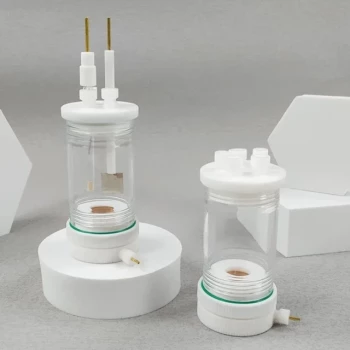
Electrolytes and Electrochemical Electrodes
2 years agoElectrolytes and electrodes play an essential role in electrochemistry. Electrolytes are substances that conduct electricity when dissolved in water or melted.
Learn More
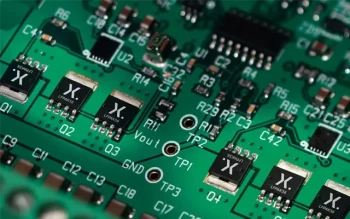
How CVD is Used in the Semiconductor Industry
2 years agoCVD has revolutionized the semiconductor industry, enabling the production of high-performance electronic devices with enhanced functionality and reliability.
Learn More

PECVD Furnace A Low-Power and Low-Temperature Solution for Soft Matter
2 years agoPECVD (Plasma Enhanced Chemical Vapor Deposition) furnaces have become a popular solution for the deposition of thin films on soft matter surfaces.
Learn More
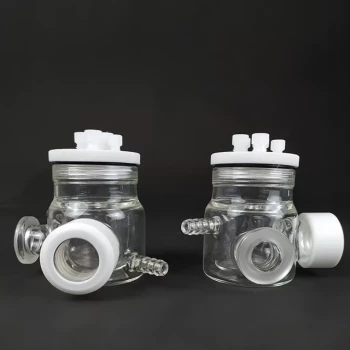
Applications of H-Type Electrolytic Cell in Metal Extraction
2 years agoH-type electrolytic cells uses an electrolyte solution to dissolve the metal ions and an electric current to separate the metal ions from the solution.
Learn More
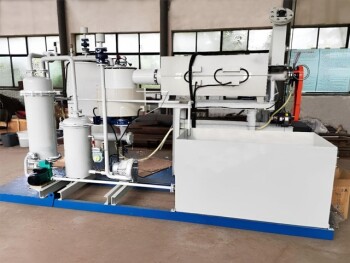
How Biomass Pyrolysis Machines Work A Comprehensive Overview
2 years agoBiomass pyrolysis machines are designed to convert biomass materials into useful products such as biochar, bio-oil, and syngas.
Learn More
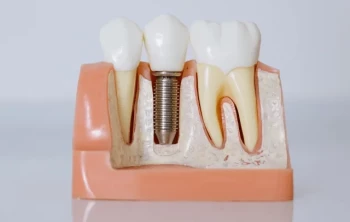
The Role of a Porcelain Furnace in Dental Restorations
2 years agoPorcelain furnaces play a crucial role in the creation of dental restorations, as they are used to fire ceramic materials, such as porcelain, to create durable and natural-looking dental prosthetics.
Learn More
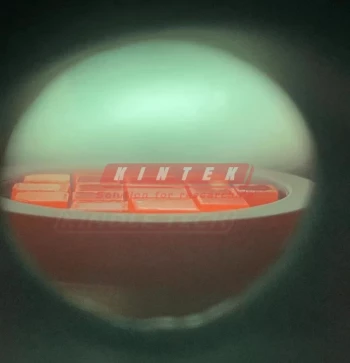
How to Achieve High Quality Single-Crystal Diamond with MPCVD
2 years agoMicrowave plasma chemical vapor deposition (MPCVD) is a popular technique for producing high-quality single-crystal diamond.
Learn More
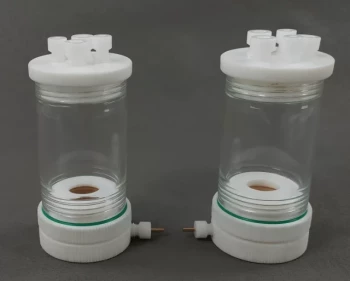
Electrochemical Electrodes in Chemical Analysis
2 years agoElectrochemical electrodes are essential tools used in many chemical analysis techniques and experiments. These electrodes are devices that allow us to measure the electrical potential difference in a chemical reaction.
Learn More
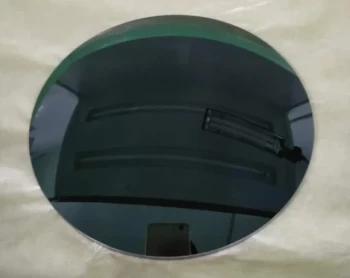
How CVD Coating Can Help You Achieve High Purity and Density
2 years agoThe CVD process offers several advantages over other coating techniques, such as high purity, uniformity, and the ability to deposit coatings with high-density.
Learn More
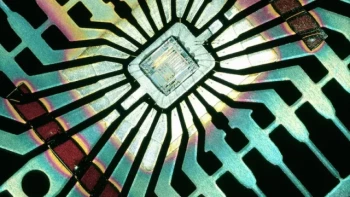
PECVD A Low-Cost and Scalable Method for 2D Material Preparation
2 years agoHow plasma-enhanced chemical vapor deposition (PECVD) is a low-cost and scalable method for the preparation of 2D materials.
Learn More

Applications of Electrolytic Cells in Purification and Electroplating
2 years agoElectrolytic cells are chemical cells that use electricity to generate a non-spontaneous redox reaction. These cells are used in various electrochemical processes such as electrolysis and electroplating.
Learn More
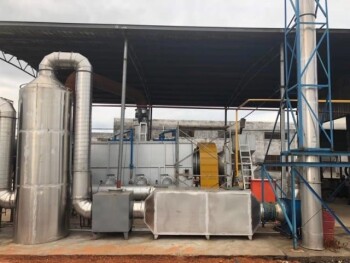
The Advantages of Biomass Pyrolysis for Industrial Applications
2 years agoBiomass pyrolysis is a process that offers numerous advantages for industrial applications.
Learn More
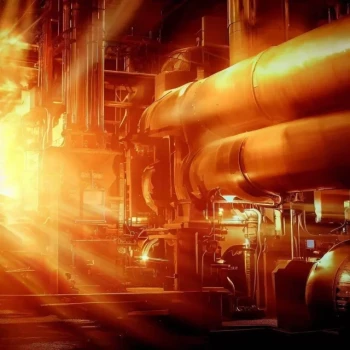
How Controlled Atmosphere Furnaces Improve Quality and Consistency in Heat Treatment
2 years agoControlled atmosphere furnaces play a vital role in heat treatment processes.
Learn More

The Future of Porcelain Furnaces in Dental Laboratories
2 years agoPorcelain furnaces play a crucial role in the dental laboratory industry as they are used for firing ceramic materials that are commonly used for restorations.
Learn More
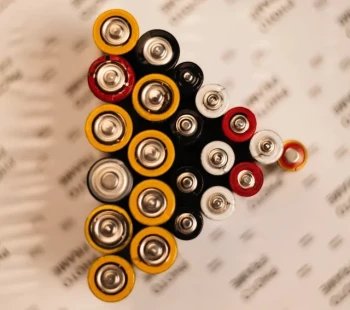
The Future of Electrochemical Electrodes
2 years agoThe latest trends and developments in electrode materials and their implications for the future of electrochemistry.
Learn More
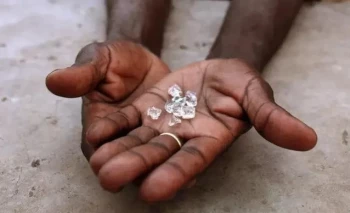
The Ethics of Diamond Growing Machines
2 years agoLab-grown diamonds have gained significant popularity in recent years due to their ethical and environmental benefits.
Learn More

CVD Systems Common Problems and How to Solve Them
2 years agoUnderstanding the basics of CVD systems and their importance is crucial for optimizing the process and solving common problems encountered during operation.
Learn More
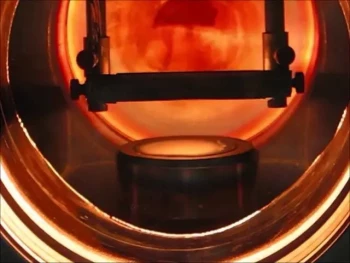
Comparing the Performance of PECVD and HPCVD in Coating Applications
2 years agoAlthough both PECVD & HFCVD are used for coating applications, they differ in terms of deposition methods, performance, and suitability for specific applications.
Learn More
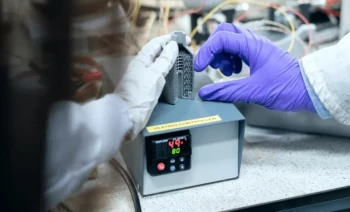
A Beginner's Guide to Understanding Reference Electrodes in Electrochemistry
2 years agoReference electrodes provide a stable and known potential that other electrodes can be compared to, allowing for accurate measurements of electrochemical reactions.
Learn More

How Biomass Pyrolysis Can Help Meet Growing Energy Demands
2 years agoBiomass pyrolysis is a process that converts organic material into energy-rich biofuels through heating in the absence of oxygen. This renewable energy source is becoming increasingly popular due to its environmental and economic benefits.
Learn More
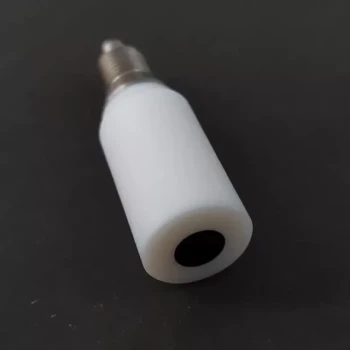
Advantages of the Rotating Electrode Method
2 years agoRotating electrode method involves rotating a small working electrode to increase the mass transport of reactants and products, allowing for more precise measurements and better control of reaction conditions.
Learn More

Inert Atmosphere Ovens for Research A Comprehensive Guide
2 years agoInert atmosphere ovens are designed to create a controlled environment that is free of oxygen and moisture.
Learn More
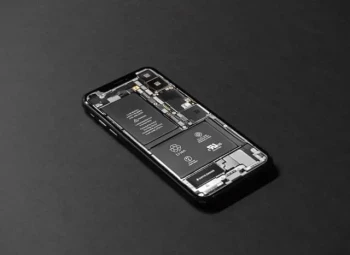
Understanding Electrodeposition with Electrochemical Electrodes
2 years agoElectrodeposition is a process of depositing a metal or a non-metallic material onto a surface by applying an electric current.
Learn More
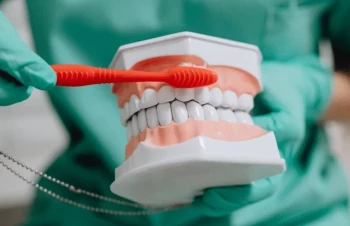
How to Choose the Best Porcelain Furnace Dental
2 years agoDental porcelain furnaces are essential devices in dental labs. They are used to create high-quality dental restorations that meet the specific needs of patients.
Learn More
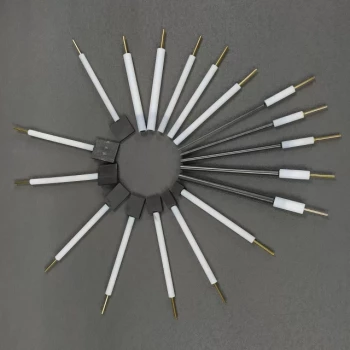
How to Choose the Right Electrochemical Electrode
2 years agoThe choice of electrode material can have a significant impact on the performance of the electrochemical system.
Learn More
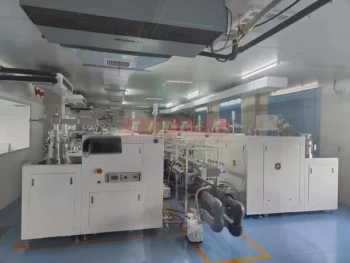
The Process of Fabricating a CVD Diamond By MPCVD Machine
2 years agoCVD diamond machines have gained significant importance in various industries and scientific research.
Learn More

Innovations in Electrochemical Electrodes Technology
2 years agoRecent advancements in nanotechnology and materials science have led to significant improvements in electrochemical devices, making them more efficient, durable, and cost-effective.
Learn More
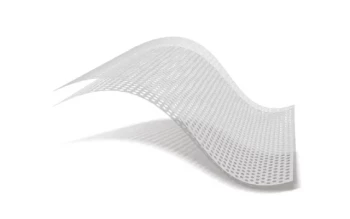
CVD Machines for Thin Film Deposition
2 years agoChemical Vapor Deposition (CVD) is a widely used technique for deposition of thin films on various substrates.
Learn More
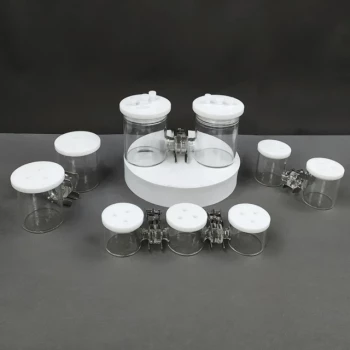
Overcoming Challenges with H-Type Electrolytic Cell Operation
2 years agoUnderstanding the components and operation of the H-type electrolytic cell is crucial in producing high-quality chemicals and overcoming the challenges that come with its operation.
Learn More
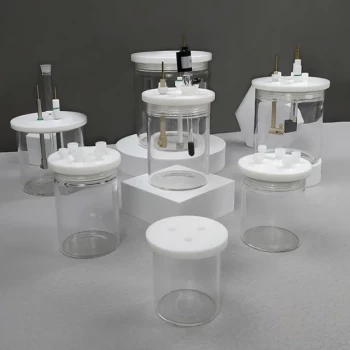
Benefits of Electrochemical Cells for Energy Storage
2 years agoElectrochemical cells are devices that convert chemical energy into electrical energy through the use of oxidation-reduction reactions. They are widely used in various applications such as energy storage, fuel cells, and batteries.
Learn More